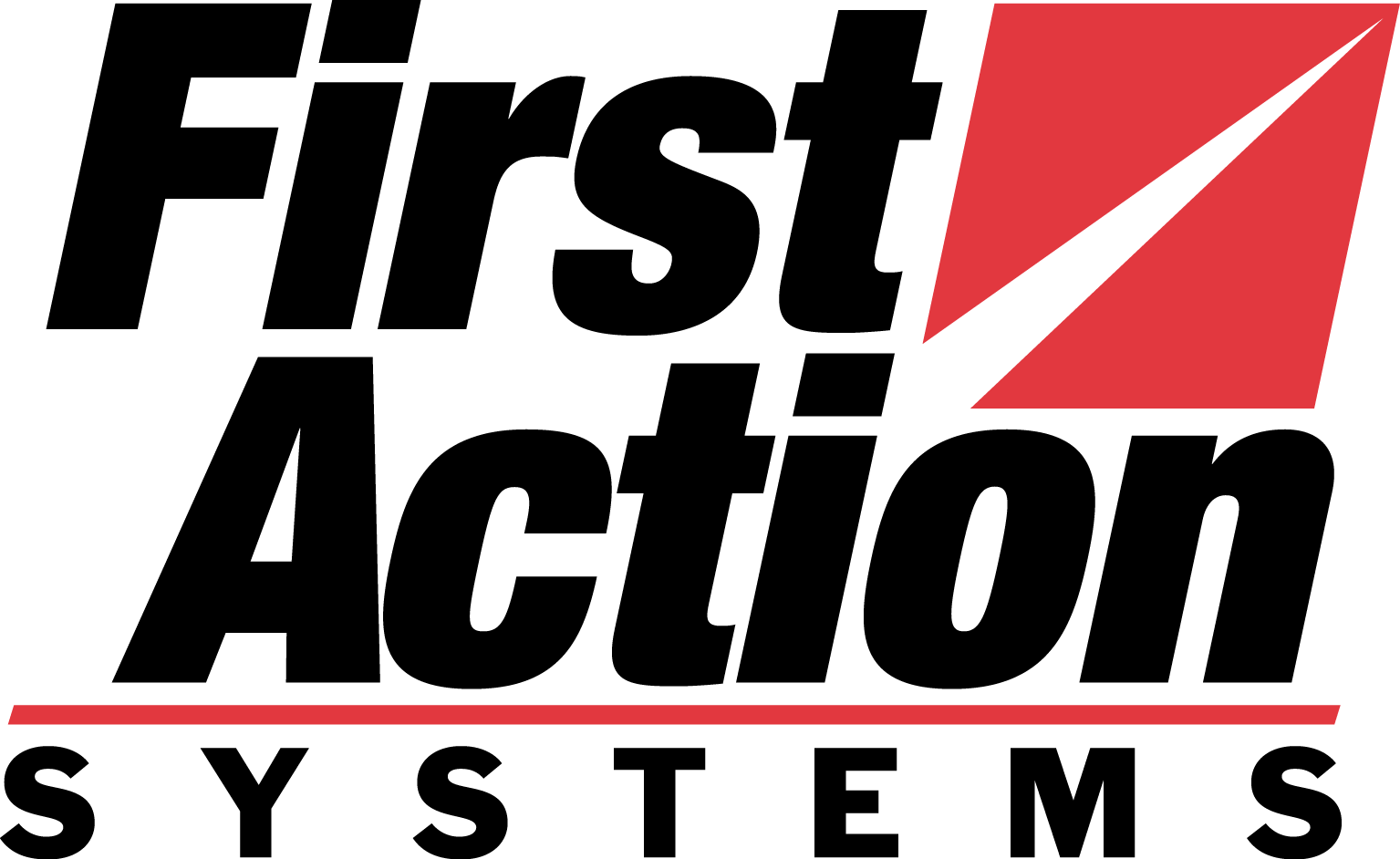Frequently Asked Questions
Most regulated tanks should comply with three regulations:
- A leak detection system;
- A spill containment basin;
- Overflow shutoff valves.
More information concerning these requirements can be obtained in an EPA Compliance Manual which is available from our office.
Before making substantial expenditures concerning the above regulations, the fourth regulation, corrosion protection, should be addressed. There are two paths for dealing with this regulation. The first, and most obvious, is to install new tanks equipped with corrosion protection. This option is by far the most expensive and time consuming. To follow this path, not only the expense of the new tanks is involved, but the excavation for installing new tanks, and removal of the old tanks are additional costs. The unknown cost of business interruption must also be considered.
The second path is considerably less expensive. Retrofitting your existing tanks may not involve any of the above expenses. The EPA currently estimates 85% of the tanks being replaced are good tanks which could have been saved through retrofitting.
To make a decision about the correct path to EPA compliance, you need specific information about the condition of existing tanks. In fact, the law requires you to inspect tanks for corrosion holes prior to retrofitting. While more costly methods exist, most states have accepted the EPA's recent compliance recommendation for a noninvasive means of inspecting tanks.
Tank Environmental Profile (TEP®) is a cost effective, non-invasive method of inspecting tanks. TEP® meets and exceeds the EPA's recommended guidelines in ASTM Standard G-158. TEP® will provide you with the information necessary to choose your path to compliance. TEP® will satisfy the legal requirements for inspection and tank test information. This new procedure should be completed before any additional deterioration takes place.
.
According to Federal Regulation 40 CFR 280.41 (b)(ii) all pressurized piping must be tested for leaks on a yearly basis unless there is a automatic leak monitoring system which performs monthly monitoring on the piping.
Federal Regulation 40 CFR 280.44 (a) requires that all product line leak detection equipment (mechanical or electronic) are tested on a yearly basis for the 3.0 gallon per hour leak detection threshold.
Only un-safe suction lines (those with a check valve in the base of the suction line) require testing. This testing must be performed on a three year schedule. See Federal Regulation 40 CFR 280.41 (b)(2).
Federal Regulation 40 CFR 280.40 (2) requires that all electronic monitoring equipment installed on petroleum systems be maintained in accordance with the manufacturer's instructions (annually). This includes tank gauges, automatic line leak detection, over-fill alarms, and any liquid or vapor (both wet and dry) sensors.
Yes. Double walled tanks will either have a "dry" or “wet” interstitial space which must be monitored on a monthly basis for the presence of product or product vapors, or in the case of a brine-filled interstitial space, the rise or fall of the brine solution which could indicate a leak in the inner or outer wall of the tank.
Yes, a 5-year tank tightness test is still required if the tank owner uses liquid inventory control with monthly reconciliation. Tank owners have ten years from the date that upgrade requirements were met to switch to some form of monthly monitoring such as Statistical Inventory Reconciliation (SIR) or an ATG which performs a monthly 0.2 gallon/hour test. Double-wall tanks with interstitial monitoring do not have to be tightness tested. However, the monitoring system must be monitored annually. See Federal Regulation 40 CFR 280.41.
No. Performing a helium leak locate on the line will pinpoint the leaking portion of the line allowing for repair of only the leaking section.
